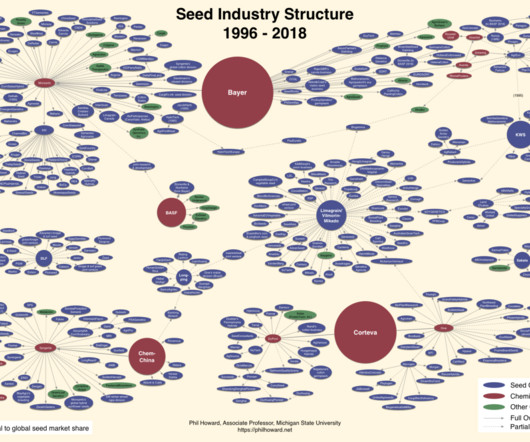Are Next-Gen Synthetic Fibers the Future of Sustainable Textiles?
Modern Farmer
MARCH 1, 2024
Cheap and easy to make, it’s still the fastest-growing group of fibers used to manufacture garments. Fashion contributes around 10 percent of global greenhouse gas emissions, second only to big oil. percent of the world’s pesticides and 10 percent of its insecticides. What’s the solution? Another big factor is end of life.















Let's personalize your content